
ede
-
Posts
254 -
Joined
-
Last visited
Content Type
Profiles
Forums
Articles
Gallery
Downloads
Events
Posts posted by ede
-
-
Thanks for the tip-off on the name of the gentleman who invented this. Your post, while without pictures, helped solve the riddle for me.
-
I have the WH100 medium duty torch body so all these rosebuds are compatible.
-
I have a medium duty Smith torch and have been debating which oxy/propane rosebud to switch to since I am making the switch for heating from oxy/acetylene to oxy/propane along with new T-grade hoses to my gas saver. I was thinking of purchasing the MT800 although Smith has stopped manufacturing them, I think I found a source. However, the MT 615 sounds appealing if I could adjust the flame so it's not using so much consumables, then I could turn up as needed. Thoughts?
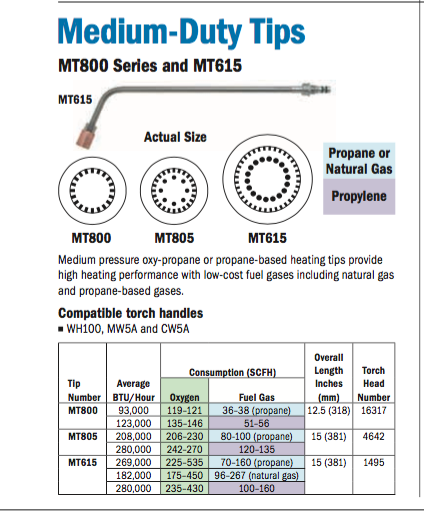
-
I'm glad to hear reports that folks like them.
You are right Frosty, I could not manufacture a hobbyist forge for that amount of money, nor would I want to try. I'm not in the forge building business though, but I have built forges and burners in the past including your T-burners.
The question about the performance of the regulator comes from seeing a FB post from Larry Zoeller regarding regulators.
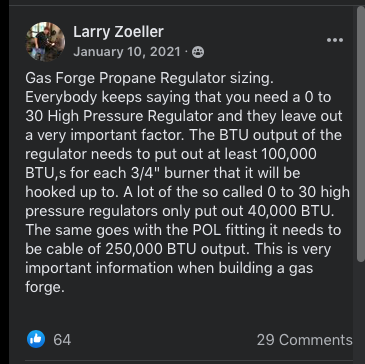
-
21 minutes ago, Les L said:
Ede, it’s pretty obvious that your not interested in this forge, so quit badmouthing something you haven’t seen or triedI have seen youtube promoters with this forge. I respectfully disagree and believe the health and safety of potential buyers should come first, thus the comment about what appears to be a very thin Satanite coating. I haven't used Satanite so am curious on feedback. The veracity of any manufacturer claims should be a healthy dialogue in a forum dedicated to gas forges where health and safety is paramount.
If you read threads in this forum, minimum fire blanket is usually suggested at 2, 1" layers. The Volcano forge appears to be 1". Folks who don't have forge building knowledge and are looking for an efficient forge should be aware of this, don't you think?
This isn't too disparage any manufacturer, it's to find out from those more informed than myself. I'm one of those folk who doesn't take things on face value, I like a diverse dialogue before I develop an opinion, the pro's and con's if you will. I'm hoping some more experienced builders will chime in on my questions.
-
The issues I see, and correct me if I'm wrong, are:
- Low pressure regulator. Why include a low pressure if you gotta buy a high pressure one?
- What appears to be 1" of Ceramic Fiber. Isn't the industry recommendation 2" minimum?
- Satanite coating looks very thin, Isn't 1/2" minimum recommendation?
- What is a Magma firebrick? Insulating, non insulating?
- "True swirl flame", burner isn't tangential to the hexagonal body. Fancy advertising malarkey?
-
Built in the USA or made in the USA for $88?

-
I see a youtuber/promoter advocating the purchase of the cheap volcano forges.
Does anyone else see quality issues with them or am I alone?
Model: Hero
Built in the USA. Complete Propane Forge Kit - heats up to 2400°F
Stainless Steel Construction | Size: 9.5 x 8.75 x 8.75
KIT INCLUDES: 2lb Satanite Refractory Mortar - for Initial Coating and 8 oz - for future Maintenance
1 inch High Density 2600°F Extreme Heat Ceramic Fiber Blanket
One Extreme Heat Magma Firebricks, Propane Hose with 0-20 PSI Regulator, 8 oz Winterized Rigidizer Concentrate
-
I just purchased a 100lb LP tank to be used for dual purpose:
- Treadle torch with gas saver. Acetylene was too expensive and I found out that I was using too small of a recommended cylinder per Smith's recommendation of: "Acetylene must not be withdrawn at more than 1/7 of the cylinder capacity per hour (50 SCFH for a 350-cu.-ft. cylinder)."
-
Get back to running my propane forge until I finish repairing my masonry forge, plus, the extra heat in the winter.
I have used a t-grade hose in the past and want to switch to something a little more protected and do a run of 20 feet to the LP rated gas saver for the treadle and then a flexible line to the torch. Should I do a copper line to the gas saver, then t grade welding leads?
I also will be adding a Y connector to do a separate line to the gas forge. In the past I have used a red t-grade hose and I've notices some stress cracks by the regulator. I want to switch to something that is sheathed and do a run of at least 20 feet, any recommendations? I've actually burned through a propane tank hose that goes to a 1 lb disposable tank connected to a benzomatic.
Finally, the torch tip on an acetylene tip is not supposed to be used with Propane apparently, correct?
I wasn't sure where to post this since I'm asking gas forge questions and torch questions, all related to an LP tank, apologies to the moderators.
-
My shop (approximately 23'x43)'only has a 20 amp circuit currently. I'm looking for suggestions on how to go about upgrading the power in there. I spoke with an electrician and he can either use the current 3/4 conduit buried underground and run either a
60-70 AMP service to and install a panel inside
or dig up and replace larger conduit and upgrade size for 100 amp service with a panel inside the shop for considerably more money.
He wanted me to figure out
a) My power requirements
- I have a very old large Canedy Otto camel back drill press (I have to look for the tag on the motor-it's currently at a friends garage. It has a very large motor to turn flat belts. I'm guessing it's probably at least 1 HP single phase).
- I'm looking to get a 100 lb Little Giant power hammer, which I understand runs best with 5HP motor so I'll probably need a 220 outlet here.
- My blower is about 3.1Amp 60HZ with over 500CFM, probably overkill for a single forge but it works well and what I got.
- Would like to upgrade the lights to LED, the Shop is only 20'x40'. I want task lighting and general lighting.
- I have an industrial Belt grinder that is 3 phase. It is currently 460 Volts, 2.8 Amps running a 2 HP motor. From My research I have two choices, 1. A rotary converter and 2. A VFD Kbac 27d if 1.5-2hp
- I would like either a horizontal band saw or power hack saw
- Radiant Heaters for winter
- My welder is a Miller 211 that can be used with:
- 230 V, 25 A, 60 Hz, Single-Phase (I would prefer to utilize 230 V)
- 120 V, 20 A, 60 Hz, Single-Phase
Granted I won't be running everything all at once so I'm thinking the 60-70 amp service would be okay.
Adding more tools down the road? Anything I am missing? Not really interested in adding a hydraulic forging press.
b) a map of the openings (where I want the outlets)
- Any suggestions for layout or any additional advice?
Thanks in advance
-
I was going to suggest jewels for watchmaking may have the potential to be gas orifices, you know those synthetic rubies that are the bearing surfaces for pivots. They ain't cheap though and heaven forbid you loose it! I was thinking they could be flush or gypsy set by a jeweler. The extruder nozzles sound a lot more straight forward to use if you can get em to work.
-
On 12/28/2018 at 7:39 AM, Judson Yaggy said:
They are fairly rare here in the USA but I bought 3 out of a NOS lot of 50 off ebay 5 years ago on speculation. Wish I'd bought all 50! I've been using gas forges for over 20 years and these burners are hands down the best burners I've ever seen. Can forge weld with 1 burner running at 10 psi.
How did you fit your fuel line to the gas inlet since it's a BSPF threaded port? Also, what did you use to for the pipe nipple since the outlet is probably also BSPF threads?
-
Where did the photos go?

-
14 minutes ago, 671jungle said:
Correct. I did not use the nozzle in the first photo. It was just to show number components. Dispensing needles can also be used, but I have found EDM tubes to be much more economical and easier to braze to the pig tip which almost fits into refrigeration tubes(1/4” copper tube) that can be purchased at most big box hardware stores. The couplings were bought in bulk on the “Bay” for a reasonable price. I must say that two of these burners are extremely fuel efficient for forging. Maybe one more will be needed for forge welding or I need to reconfigure my forge chamber. Bottom mounted burners in a D shaped forge are great at keeping the flame inside the forge longer to transfer its heat to the liner but the wide opening to my forge also let’s a lot of energy out. All in all, these burners are amazing on fuel savings. I think I may be able to forge weld with the two burners if I can keep the heat longer in a given space
Oh nice! Mikey helped me with a 3/8" canister mount torch conversion, which connected to a universal torch extension hose, however those hoses go directly into the regulator and it seems like the needle valve or something somewhere is regulated. What size EDM tube did you use for yours and what CU IN size forge you plan to put these in? Will send you a PM on who you bought those couplings from, I may want to play.
-
Nice build! Is the recommendation to use EDM tubes instead of mig tips now, or is it because you went down to 1/4" burner size? Also, it looks like you have a conical nozzle is the first photo but did not use it? Where did you find your stainless coupling?
-
4 hours ago, Irondragon ForgeClay Works said:
It doesn't look like galvanized to me. Were you thinking of using it for forging stock or to build a stock rack from it? If for forging, I would cut a short piece off and put it in a vinegar soak to see if the finish that's left comes off. One can never have too much stock
 and a job that this can be used on may show up.
and a job that this can be used on may show up.
Oh, I believe there actually can be a problem of too much stock, I can attest to that. The smith that used to forge here that passed away held onto every last drop and it was everywhere. It can become a non-functional shop and walking hazard by having too much stock.
Here’s some 20’ bars I cut in half the other day, and I still have tubing, angle iron, sucker rod, tool steel, ornamental iron from Kings, and much more to go. I will post another picture of a vertical stock rack I added this year, either on this thread or a new one. I have held on to so many short pieces and sorted them in buckets. In the end I feel like it’s kinda a false economy because precious space is lost.
For the stock rack I think I’m going to use tubing as it’s more rigid and will be holding lots of weight!
-
1 hour ago, arkie said:
ede, if you do a break or bend test, this is a comparison of wrought iron vs. mild steel. The wrought iron should have a fibrous texture (fine to coarse, depending on the quality of the WI). The mild steel should show a uniform microcrystalline structure. This wrought iron came from the Old Globe grain warehouse in the Superior, Wisconsin area.
Thanks for the photos, Arkie. On the larger pieces when i cut it in half the other day with a diamond blade chop saw, I did see carbon sparks-I was also thinking potentially wrought. Maybe the smaller rods are, I will check them out.
-
-
-
Good points, Stash. It was a great deal I got and he has been super helpful in many ways, even lending me an acetylene tank ( he has many) when the one I exchanged had bad threads and leaked.
Embarrassed to say how little I paid for the grinder along with a diacro 3 bender, which cost me 3 times as much at the auction, but was still a smoking deal.
-
Unfortunately three phase is currently not available and I’m hard pressed to get more power into the shop. I imagine in Alaska it would be especially expensive to have 3 phase service hooked up. I have a 1 x 42 but it is a dog of a grinder. Good ideas, Frosty.
-
I purchased a 3 phase Hammond double belt grinder from an industrial auction at the beginning of this year. Unbeknownst when I bought it, I can’t add a more powerful circuit in my blacksmith shop at this time. Yes, I’m familiar with VFD’s but my shop only has a 20amp circuit and it can’t be changed right now. I’d prefer not to go into the details of why I’m unable to get more power right now.
A welder, who works a block away from my shop, who does trailer work and has a forklift, has helped me out on numerous occasions by helping unload heavy equipment in my shop. I told him my situation and asked him if he was interested in using my grinder, but I wasn’t ready to sell as I still have hopes to have power for it someday. He is interested and has 3 phase in his shop. I also have a 211 Miller welder that I can’t use in my shop for the previous mentioned reason.
I think we came to a verbal agreement or understanding that he is willing to let me use one of his welders-or maybe my welder-and he can hookup my grinder, kind of like a resource exchange. I told him I wouldn’t be running a fabrication shop in his building but it would be nice to fabricate or weld something when I needed to. My questions is this: Do we do this on a handshake or do I write something up that the grinder is on loan to him? I don’t want to insult him as he has been super helpful. By same token, I have seen where tradesman die with their tools in other locations, and they get assumed possession by the landlords, heirs, or business owners. He has 3 employees and I think he wants to help me out because his great grandfather was a blacksmith.
-
Slag,
Yeah, I keep trying to remember I’ve been lucky this long, why risk it?

-
Thomas, good point and yes- I use mostly the Sewell vein variety. It makes me really appreciate it and without an analysis of heavy metals, I think I will pass on this extra stinky stuff.
-
I use bituminous regularly which this definitely is not. I took it out after It smelled so much worse than bituminous. I’m guessing it might be petroleum coke but still think there are too many volatiles for it to be this.
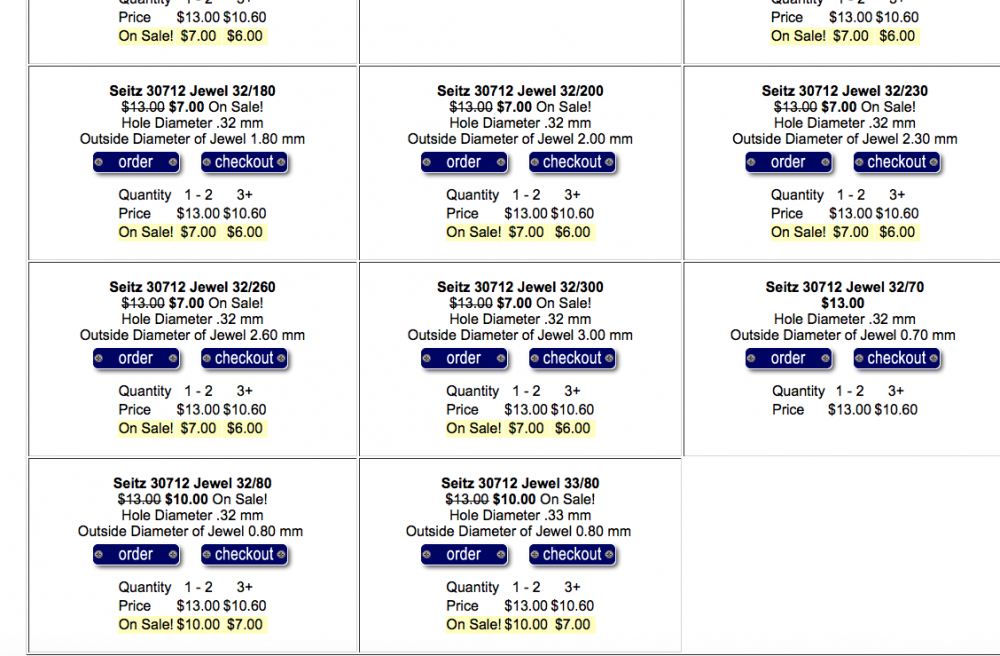
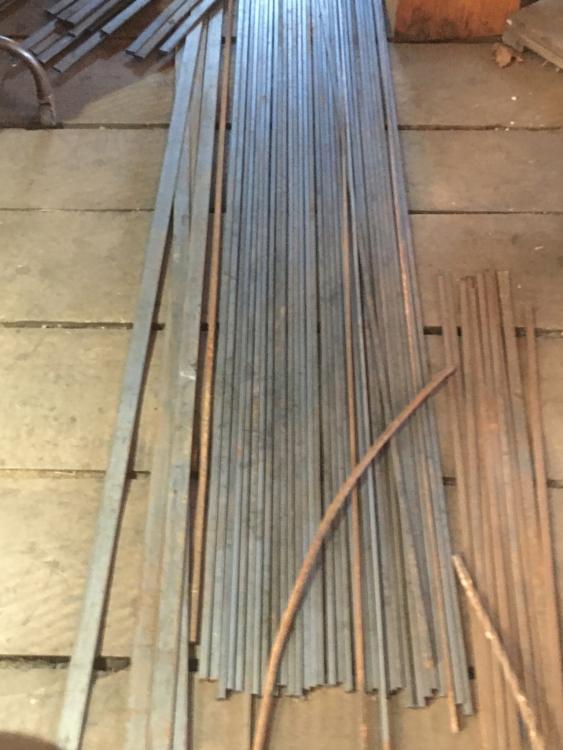
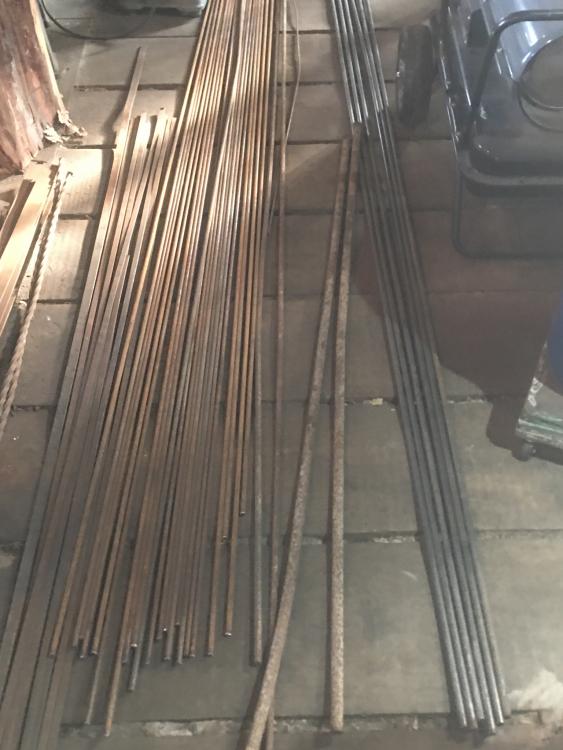
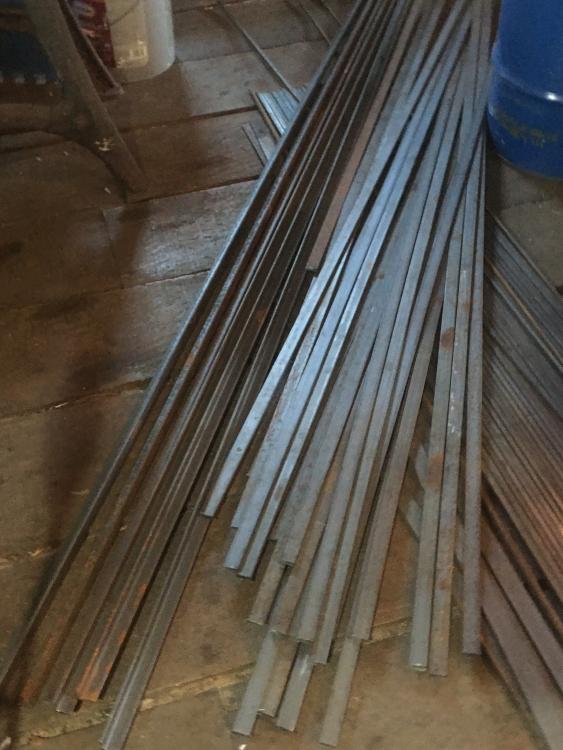
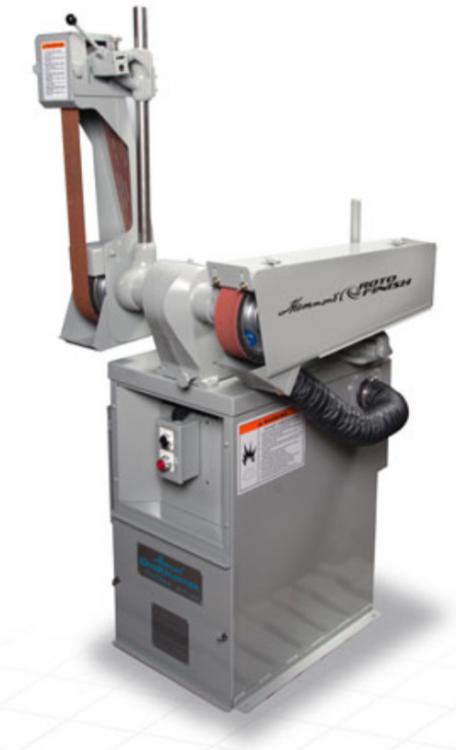
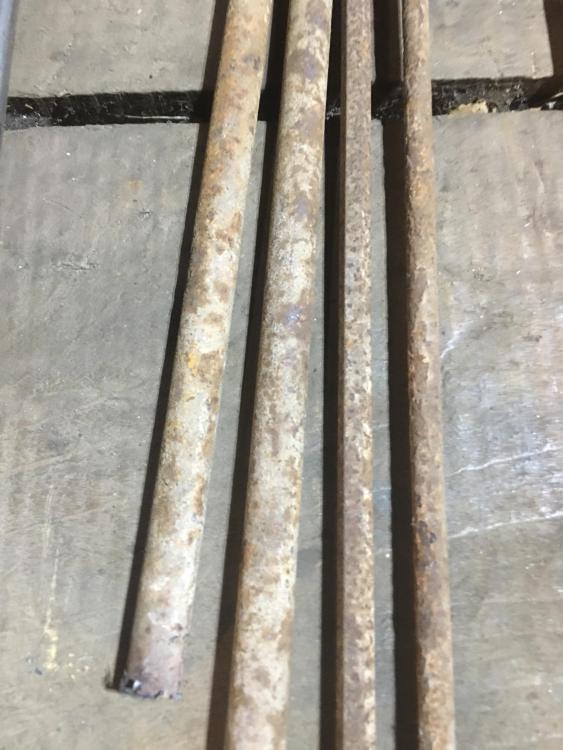
Prayers and condolences Glenn, family and friends
in Prayer List
Posted
What, Thomas, now Glenn?! My condolences to friends and family.